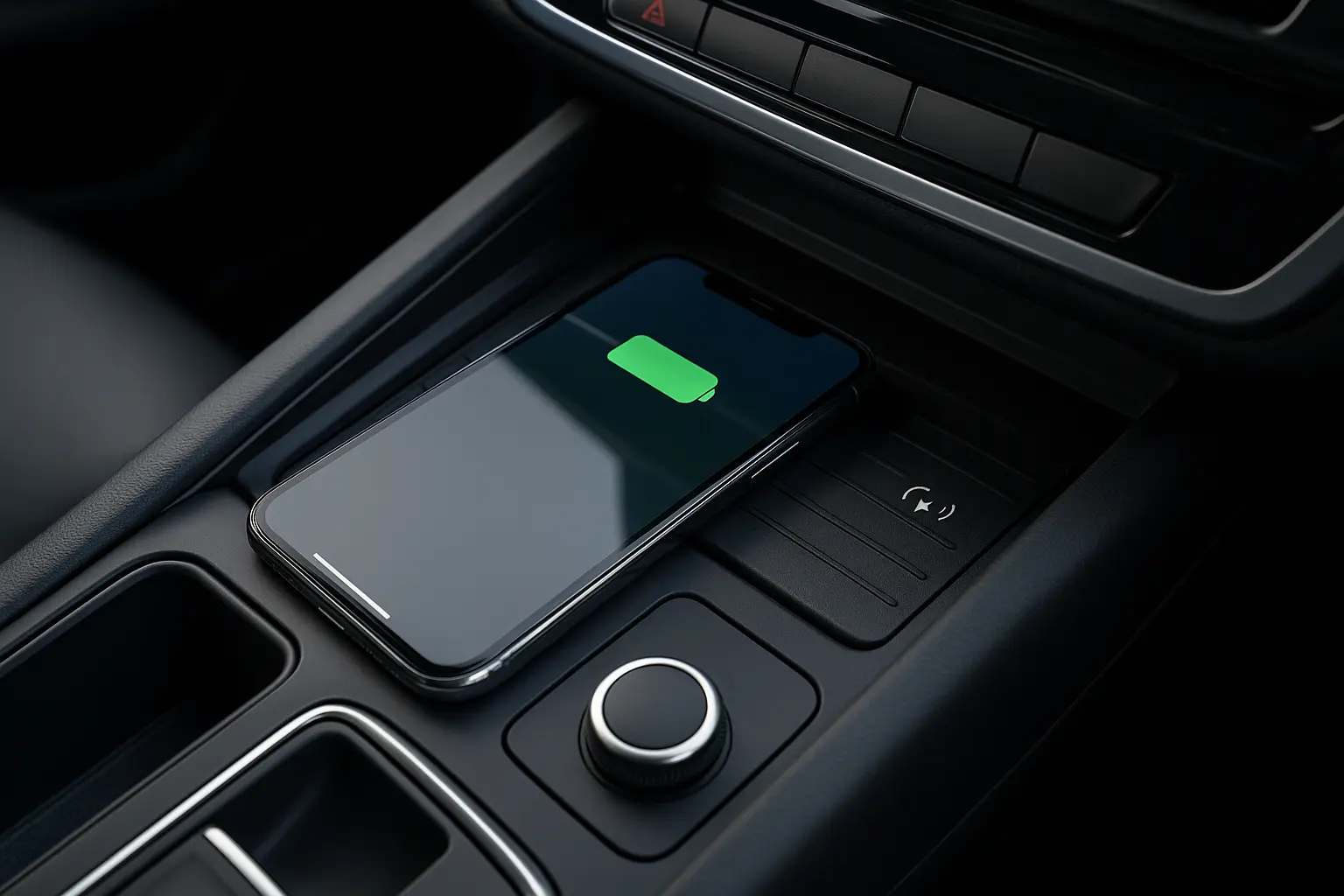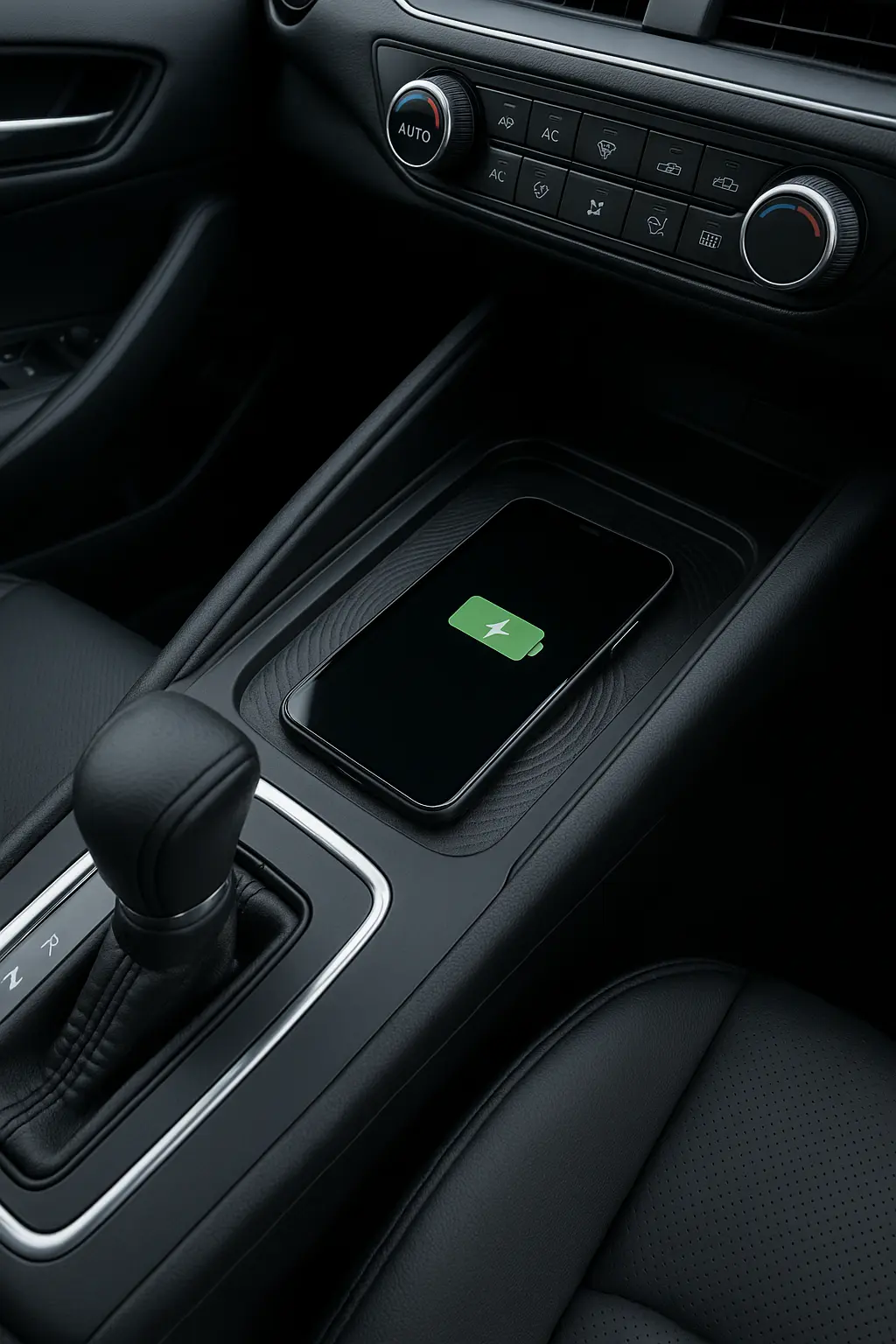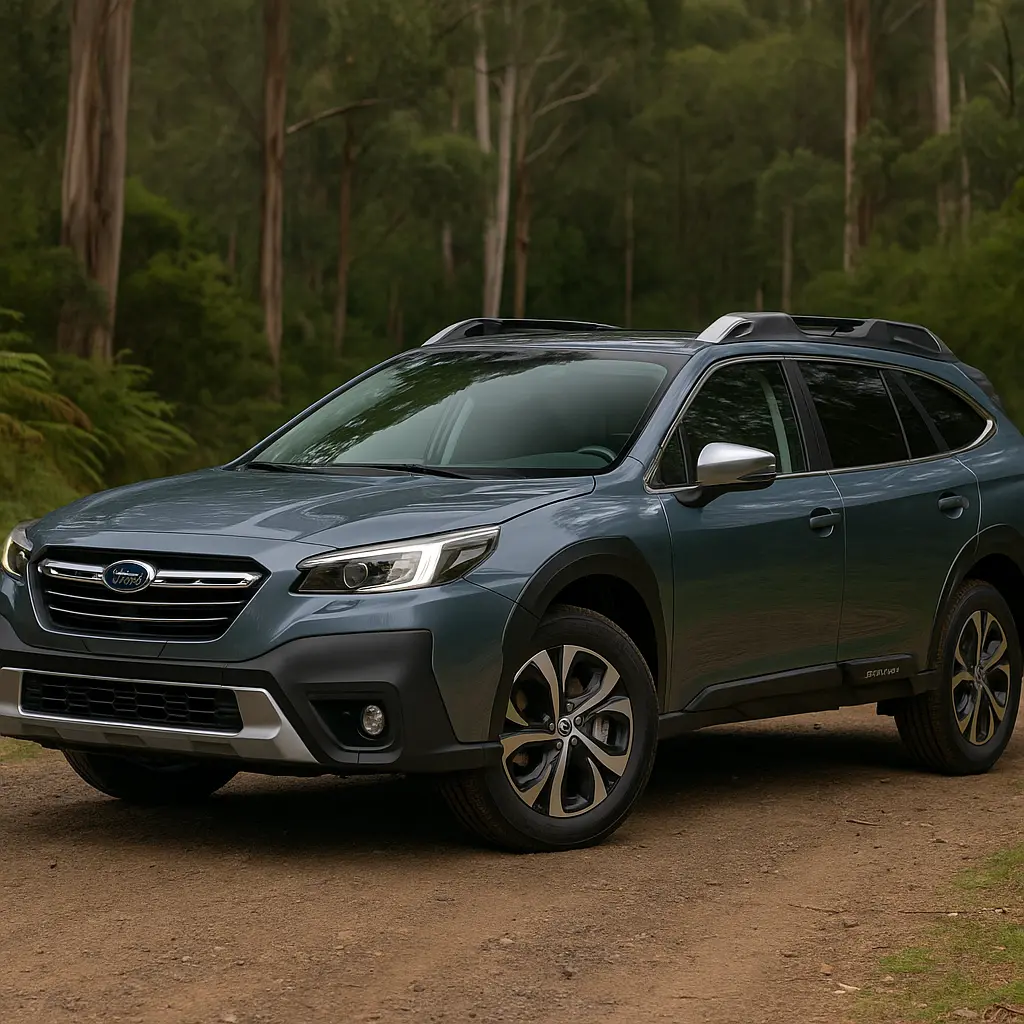How Wireless Charging Is Being Built Into New Car Models

Introduction: A New Standard in Automotive Tech
Wireless charging has rapidly evolved from a luxury smartphone feature into a mainstream automotive convenience. As of 2025, most new vehicles — from affordable hatchbacks to high-end electric SUVs — are being equipped with built-in wireless charging systems. What was once a futuristic perk is now a standard part of in-car connectivity, enhancing user experience and contributing to the seamless digital lifestyle of drivers across Australia.
This blog explores everything Aussie car buyers should know about wireless charging in cars — how it works, the different types of integration, benefits, drawbacks, leading brands adopting it, and future trends shaping this game-changing tech.
1. What Is Wireless Charging in Cars?
Wireless charging in vehicles primarily refers to the ability to charge smartphones and other compatible devices without plugging in a cable. Using electromagnetic induction, a wireless charging pad transmits power to a receiver built into your device.
This is typically enabled by the Qi (pronounced “chee”) wireless standard, developed by the Wireless Power Consortium, which has become the industry benchmark.
In cars, this pad is usually located:
In the centre console
Inside the armrest
Beneath the infotainment system
The moment you place your device on the pad, charging begins automatically — assuming your phone supports wireless charging.
2. How Wireless Charging Technology Works
Wireless charging operates on inductive charging, which involves two coils:
Transmitter coil (in the car pad)
Receiver coil (in your phone or device)
When the two are in proximity, an electromagnetic field is generated, transferring energy from the pad to the phone. Qi charging can deliver anywhere from 5W to 15W of power depending on the system.
Some premium EV models are also exploring resonant charging, which works at greater distances, allowing for more flexibility in placement.
3. In-Car Integration: Where It's Found and How It’s Designed
Modern wireless charging pads are designed with both style and safety in mind. Here's where and how they’re typically integrated in 2025 models:
Placement:
Dashboard-mounted charging bays (often open or with sliding covers)
Centre console trays
Rear-seat charging pads (in higher-end or family-oriented vehicles)
Design Elements:
Anti-slip rubberised surfaces
LED indicators for active charging
Cooling vents to prevent overheating
Integration with infotainment to display battery status
Safety:
Charging stops if foreign objects (coins, keys) are detected
Systems comply with Australian Electrical Safety Standards
Some models prevent charging unless the car is stationary or in park mode
4. Wireless Charging vs. Wired Charging in Cars
| Feature | Wireless Charging | Wired Charging |
|---|---|---|
| Convenience | High – no cables | Moderate – requires plugging |
| Charging Speed | Slower (5W–15W) | Faster (up to 50W+ for phones) |
| Cable Wear | None | Prone to fraying |
| Compatibility | Limited to Qi-enabled devices | Universal (USB-A/C) |
| Cost of Implementation | Higher | Lower |
While wireless is more convenient, it still lags behind in speed. For drivers who need a fast top-up, USB-C ports are still preferred.
5. Which Car Brands Are Leading the Wireless Charging Movement?
Most major automakers have adopted wireless charging by 2025. Here’s how they stack up:
Toyota
All variants of the 2025 RAV4 and Camry Hybrid offer Qi charging pads.
Toyota’s system includes cooling and LED indicators.
Hyundai & Kia
Hyundai Kona Electric and Kia EV6 come standard with fast wireless pads.
Pads are integrated with digital displays showing device status.
Mazda
Mazda CX-90 and Mazda3 GT variants offer sleek centre-console chargers.
BMW, Audi & Mercedes-Benz
Premium brands offer multi-device pads and rear-seat charging.
Wireless charging integrates with digital assistants and heads-up displays.
Tesla
Model Y and Model 3 Highland versions come with dual pads for front passengers.
6. EV-Specific Advancements in Wireless Charging
While most in-car charging focuses on phones, vehicle-level wireless charging for EVs is also progressing.
Vehicle Wireless Charging:
Involves parking over a special pad embedded in the ground.
Charging begins automatically using resonant induction.
Brands Experimenting with This:
BMW 530e (pilot programs in Germany)
Genesis GV60 (testing in Korea)
Volvo & Polestar (in partnership with wireless tech firms)
In Australia, full-scale rollout is yet to happen, but trials are underway in private fleets and research facilities.
7. Advantages of Wireless Charging in Cars
1. Seamless Convenience
No fiddling with cables while driving. Just drop your phone and go.
2. Cleaner Interiors
Fewer wires lead to neater cabins — an important factor in luxury or minimalist interiors.
3. Enhanced Safety
No need to look away from the road or reach awkwardly to plug in a charger.
4. Integration with Infotainment
Some models display the phone’s battery level and charging status on the main screen.
8. Potential Drawbacks and Limitations
Despite its upsides, wireless car charging isn’t perfect.
1. Slower Speeds
A wireless pad typically charges at 5–10W, far slower than a 30W USB-C plug.
2. Compatibility Issues
Older phones or non-Qi devices won't charge at all.
3. Heat Buildup
Prolonged charging in hot Aussie summers can cause phones to overheat.
4. Misalignment Risks
If the phone isn’t placed perfectly, charging may stop without notification.
9. Key 2025 Models Featuring Wireless Charging
Here’s a breakdown of popular 2025 cars in Australia that include wireless charging:
| Model | Wireless Charging Included | Notes |
|---|---|---|
| Toyota RAV4 Hybrid | Yes (from GXL) | Integrated with console storage |
| Hyundai Tucson Elite | Yes | Supports fast-charging Qi |
| Tesla Model 3 Highland | Yes | Dual pads for front passengers |
| Mazda CX-5 GT SP | Yes | Compact and tidy console slot |
| Kia Sportage GT-Line | Yes | High-powered Qi with venting |
| Subaru Outback XT | Yes | Standard on Touring trim |
| MG4 EV | Yes | New feature in 2025 update |
10. The Role of Wireless Charging in the Future of In-Car Tech
Wireless charging is just the beginning. In the next few years, you can expect:
Multi-device pads: Charging your phone, smartwatch, and earbuds simultaneously.
In-seat wireless charging: Embedded into headrests or seatbacks.
Wireless EV charging: For full cars, not just devices.
Smart scheduling: Charge your device only when battery dips below a set level to conserve power.
Charging in rideshare & taxis: Standard in premium Uber/Lyft models for passenger convenience.
11. What Aussie Buyers Should Look For
Before you buy a car with wireless charging, consider:
Is your phone compatible? Ensure it supports Qi charging.
Does it support fast wireless charging (10W+)?
Is the pad large enough to handle phone with a case?
Does the system notify you when charging starts/stops?
Is it positioned for easy reach and visibility?
If you're someone who often uses Android Auto or Apple CarPlay wirelessly, having a reliable wireless charger is almost essential.
12. Aftermarket Wireless Charging Solutions
Don’t have built-in wireless charging? You’re not out of luck.
Options Include:
Universal charging mats: Placed in the console or cupholder.
Vent-mounted wireless holders: Combine phone mount and charger.
Integrated replacement kits: Replace your centre console with one that includes a pad.
Make sure the unit is certified and complies with Australian electrical safety standards.
13. Wireless Charging and Car Resale Value
As more buyers expect wireless charging as standard, its presence can boost a car’s perceived value. Particularly in used-car listings, models with modern in-car tech (like wireless charging, adaptive cruise control, and Apple CarPlay) tend to:
Sell quicker
Justify higher asking prices
Appeal more to younger or tech-savvy buyers
14. Final Thoughts: A Convenience That’s Here to Stay
Wireless charging in cars was once a luxury novelty, but in 2025, it’s a feature many Australians now expect — especially in vehicles above the $35K mark. Whether you're buying a new car or upgrading your current ride, this tech adds real value, especially in an era of increasing wireless everything.
As EVs and autonomous tech continue to evolve, seamless integration of features like wireless charging will play a crucial role in the connected-car ecosystem. It's not just about eliminating cables — it's about redefining how we interact with our vehicles.
Leave a comment
Your email address will not be published. Required fields are marked *




















